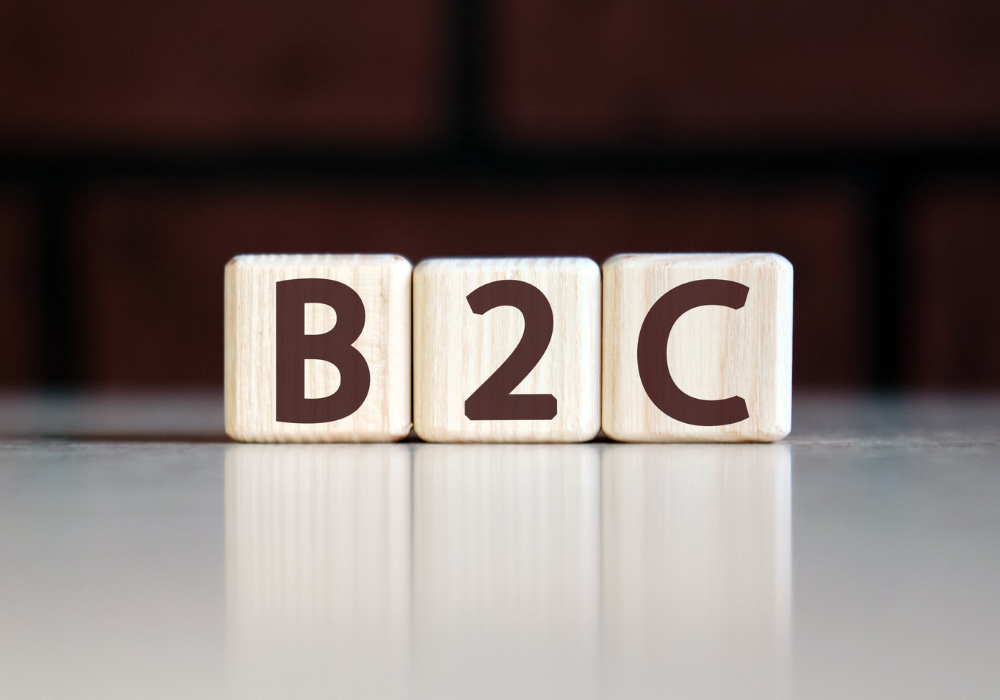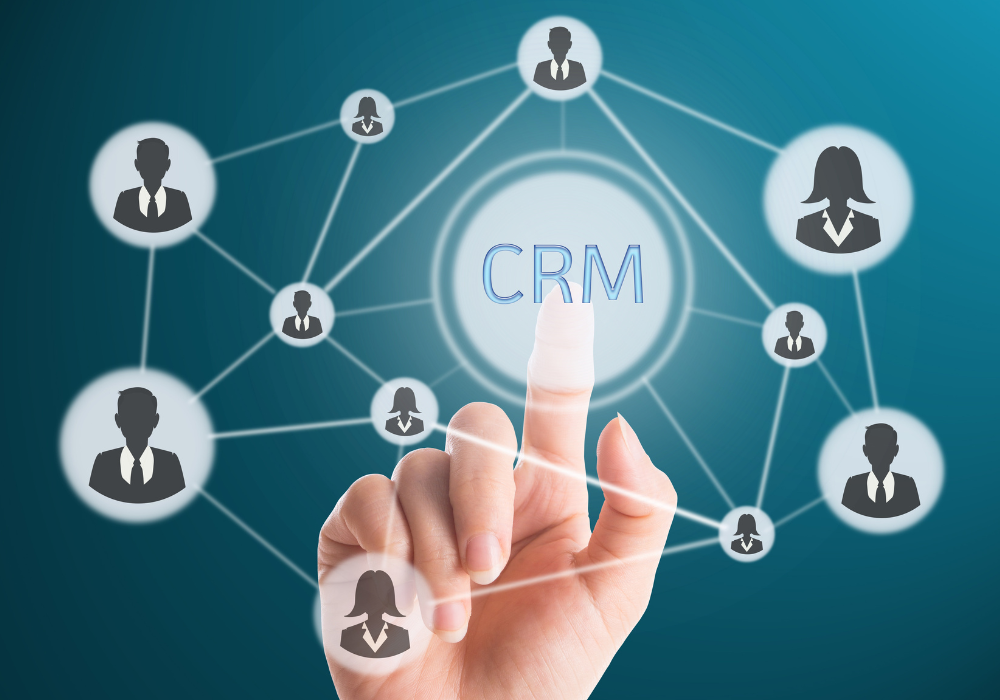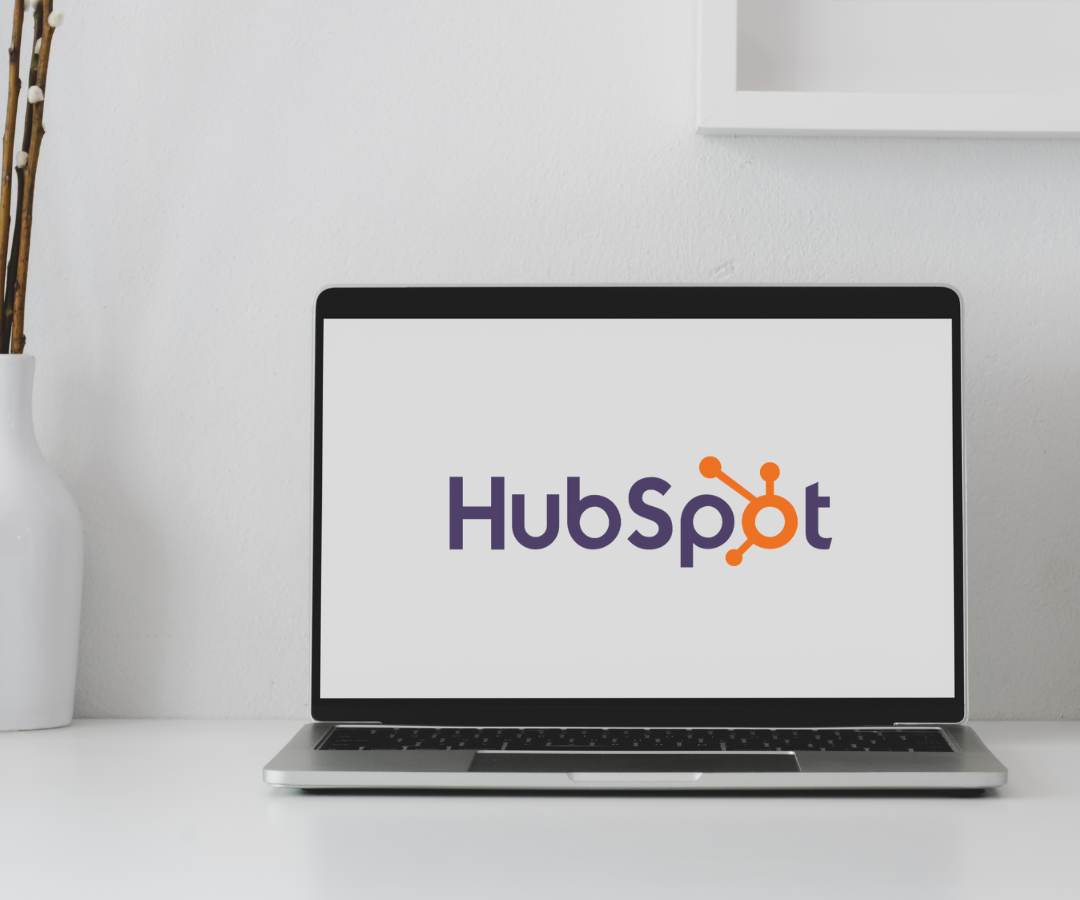HubSpot's free CRM is one of the most popular customer relationship management platforms available today. With its wide range of sales, marketing, and service tools, it's easy to see why many small businesses and startups use HubSpot free CRM to organise their sales process and grow their marketing efforts.
However, while the free version offers a lot of great features, it does have some limitations compared to the paid versions of HubSpot CRM.
In this blog post, we will explore and discuss the key limitations you need to be aware of with HubSpot's free CRM software. Whether you're just starting or looking to take your CRM platform to the next level, understanding the capabilities and constraints of HubSpot's free CRM is essential.
The Basics of HubSpot’s Free CRM and Why Understanding Its Limitations Matters
HubSpot’s free CRM platform comes packed with helpful sales and marketing features like contact management, email tracking, lead organisation, meeting scheduling, and more. With the free version, you get access to useful CRM capabilities without the costs.
However, while extremely useful for early-stage businesses, HubSpot's free CRM does have limitations compared to the paid plans. Understanding these restrictions can help you:
-
Know when to upgrade your CRM
-
Strategise effectively
-
Choose complementary software or tools that can bridge the gaps
Knowing the limitations of your free HubSpot CRM empowers you to plan smarter. You can play to the strengths of the platform while being aware of what additional features you may need from marketing automation, email marketing, or other systems as your business grows. Making informed software decisions now will allow you to scale your sales and marketing operations smoothly over time.
Exploring the Limitations of HubSpot’s Free CRM
Importing Data
One of the primary limitations of HubSpot's Free CRM is its inability to import existing notes, emails, attachments, or timelines from other platforms. This means that, when transitioning from another CRM, you risk losing valuable context and historical data. Users are left with the task of manually copying and pasting each piece of information into new notes: a tedious and time-consuming process.
Moreover, there is no automated way to import attachments, requiring users to individually download and re-upload files. For businesses with substantial volumes of notes, emails, and attachments, manual importing becomes impractical.
While some CRMs offer import tools through paid services, HubSpot's free users currently lack a straightforward solution to bring in legacy data. This dilemma forces businesses to choose between starting from scratch and losing valuable relationship history or investing significant effort to partially recreate past conversations and documents.
Associating Contacts and Companies with Deals
Unlike the paid versions of HubSpot CRM, the free edition does not allow users to associate relevant contacts or companies when importing deals. This limitation removes crucial context and necessitates manually re-establishing these connections after importing deals.
Mass migrating deals with associated accounts and contacts becomes impossible. Rebuilding these vital associations from scratch duplicates efforts and poses challenges for early users transitioning to HubSpot.
Security and Access Controls
The free CRM lacks role-based permissions, access levels, or data partitioning—a notable limitation for businesses handling sensitive information.
In this environment, all users added to the hub have unrestricted access to view and modify all imported data, raising concerns about data security. Companies must exercise caution when deciding which data to import and store, particularly when dealing with confidential customer information.
While the absence of access controls is typical for free software, its complete visibility can be a concern for those managing sensitive data.
Key Integrations Limited to Paid Plans
Although the free CRM connects with many third-party apps, some crucial integrations are reserved for paid HubSpot plans. For instance, integrating HubSpot CRM with HubSpot Marketing Hub requires an upgrade, which can be frustrating for businesses seeking a unified data environment.
Advanced integrations, such as calling features available through Sales Hub, are also locked behind paid versions. However, the free CRM does provide integration options with essential third-party apps like Gmail, QuickBooks, and Zapier.
The inability to natively integrate higher-level HubSpot products does push some users to upgrade, especially those relying heavily on Marketing and Sales Hubs. While not universal, having key platform integrations trapped behind paid plans can be a constraint for businesses that want an integrated stack.
No Custom Reporting
The free version of HubSpot's CRM lacks any kind of custom reporting capabilities. Users are stuck with the pre-built reports they provide. This means creating tailored views with filters and charts just isn't possible unless you upgrade to a paid Sales Hub subscription.
This is a major limitation that restricts your visibility into important sales performance metrics, pipeline health, revenue projections, and other insights you need to optimise your strategy. While some third-party paid add-ons exist to help, not having flexible, customisable reporting within your CRM diminishes the value of the free tool overall. Being able to slice and dice your data to get the exact insights you want is crucial.
No Saved Lists or Segmentation
Another missing element in the free CRM is the ability to create saved, reusable lists or segmented groups of contacts based on custom criteria. This makes it tough to easily analyse or take actions on specific audiences in your database.
Want to send a targeted email campaign or trigger an integration for high-value leads only? You’re out of luck without list segmentation.
While basic filters can help sift through your contacts to some degree, it's just not the same as having clearly defined lists or segments ready for activation anytime. Your data ends up feeling less organised and leveraged without these crucial tools.
Limited Email Integration
Unless you use Gmail or Office 365, integrating your email with HubSpot's free CRM is clunky at best. You must manually forward emails to a connected Gmail account to sync them, resulting in lost tracking data and a duplicate hodgepodge inbox. Important features like linking emails to tickets or BCC tracking won't work either, really minimising how useful email can be.
The lack of seamless integration for non-Gmail inboxes is a frustrating limitation. Having your email and CRM tightly connected saves massive time and ensures critical tracking and attribution data isn't lost. However, with the free version, you're left stitching together workarounds that undermine productivity.
Storage Space Cap
Free CRM users also face very tight restrictions on storage space for documents attached to records, usually topping out around 1GB. It doesn't take long before most users hit this low ceiling and are prevented from uploading any additional files until old ones are deleted to free up room.
For smaller teams, this cap may be manageable, but companies using HubSpot as a central content repository can outgrow the limited storage quickly. Needing to constantly prune documents just to upload new ones becomes tedious busywork - and risky if you purge items still being used. Upgrading to more a generous storage capacity is a must for many.
No Sales Automation Workflows
Automating repetitive tasks through workflows is unavailable on the free CRM, meaning you need to manually move deals through each stage. This gets extremely tedious and time-consuming quickly. Built-in automation sequences allow teams to scale sales processes efficiently, nurture leads, and standardise best practices.
Without these tools, your workflows will remain painfully manual, especially as your company grows. The lack of process automation forces reliance on individual reps to update deals consistently and follow up timely. Streamlining these sequences in your CRM is crucial for scalability and maturity.
Limited Sales and Marketing Features
Diving deeper, important sales features like multiple pipelines, call tracking, and branded email capabilities are either unavailable or limited in functionality on the free CRM. The same goes for built-in marketing tools like email marketing, landing pages, and more - they exist but in fairly basic forms.
HubSpot uses the free version as an on-ramp to upsell Premium, Professional, and Enterprise tiers. Therefore, if you want advanced sales or marketing tools, be prepared for persistent nudges to upgrade. While workable for early-stage needs, the limitations of the free CRM become deal-breakers as organisations grow.
Slower Support
Finally, free CRM users face slower support response times and more limited contact options compared to paid members. No live chat or phone support is available, and email inquiries typically take 1-2 days to get a reply. This can be frustrating with time-sensitive issues.
While documentation and community forums provide helpful DIY resources, priority support is reserved for paying customers. Having quick access to reps for troubleshooting problems or complex questions is extremely valuable. With the free version, leaning on self-service content becomes necessary.
Conclusion
In conclusion, while HubSpot's Free CRM offers valuable features, it comes with significant limitations that businesses must consider. Evaluating these constraints against your specific needs and growth plans is crucial. While the free CRM can be an excellent starting point, businesses with advanced requirements may find it necessary to upgrade to a paid plan to fully leverage HubSpot's capabilities.
If you're unsure about which HubSpot CRM version suits your business or need assistance with CRM solutions and upgrades, please don't hesitate to contact us at SpiderDigital. We're here to help you make the best decision for your CRM needs.







